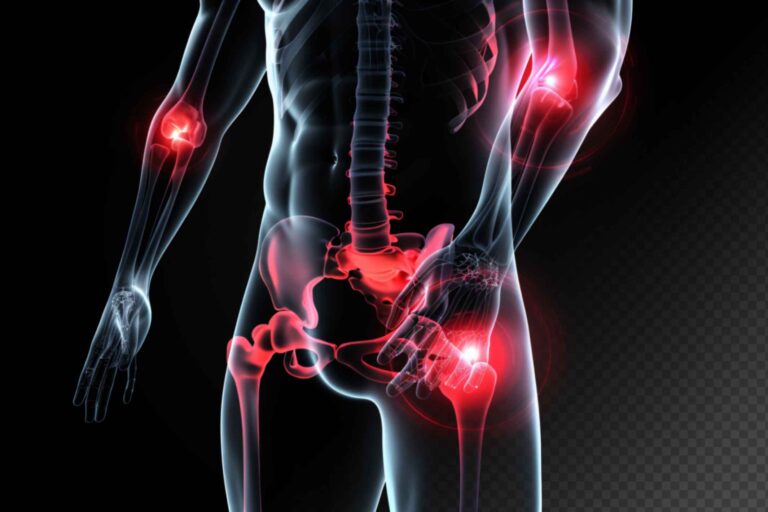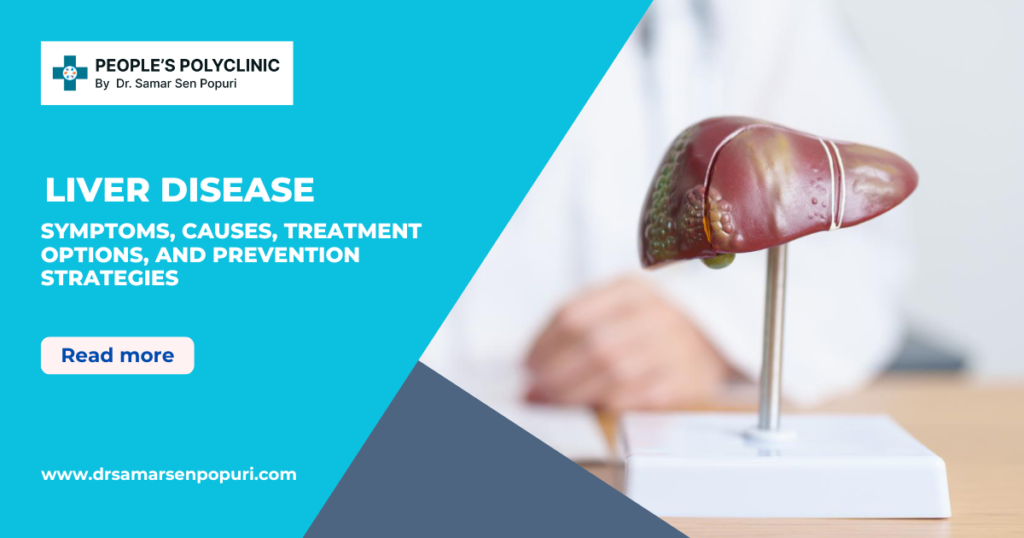Did you know joint pain relief is one of the most pressing health concerns today, especially among adults. As people age or adopt sedentary lifestyles, their bodies begin to experience the wear and tear that often leads to chronic joint pain. In India and around the world, this issue is rising rapidly, not just among the elderly but also among working professionals and young adults.
The growing prevalence of desk jobs, lack of movement, obesity, and poor posture is contributing to this surge. More and more people are asking questions like “which doctor to consult for joint pain” or “how to stop joint pain without surgery”. In this blog, we’ll dive deep into chronic pain management, explore the best treatment for chronic joint pain, and share practical tips for lasting joint pain relief.
What Is Chronic Joint Pain?
Chronic joint pain is defined as persistent pain in one or more joints that lasts beyond 12 weeks. It differs from acute pain, which is short-term and often due to an injury or temporary inflammation.
Commonly affected areas include:
- Knees
- Hips
- Shoulders
- Hands
In many cases, chronic joint pain is linked to arthritis, autoimmune conditions like lupus, or long-term wear and tear from repetitive movement or past injuries.
Common Causes of Chronic Joint Pain
Understanding the causes of chronic joint pain helps in choosing the right treatment path. The most frequent causes include:
- Osteoarthritis: Degeneration of cartilage over time
- Rheumatoid arthritis: Autoimmune disorder affecting the joints
- Gout: Build-up of uric acid crystals in joints
- Lupus: Autoimmune disease that can damage joints and organs
- Repetitive motion injuries: From jobs or sports
- Aging and obesity: Contribute to excess pressure on joints
- Past fractures or surgeries: Can leave long-term joint discomfort
Symptoms to Watch For
Many people ignore the early warning signs of joint trouble. Recognizing these early can help you avoid more severe damage later.
- Persistent pain and stiffness
- Swelling and redness around the joint
- Reduced range of motion
- Fatigue, especially with inflammatory conditions
- Pain lasting more than 12 weeks
- Difficulty performing daily tasks like walking, bending, or lifting
These are signs that may indicate the need for joint pain treatment. If left untreated, what starts as minor discomfort could lead to chronic disability.
Effective Joint Pain Treatments
When it comes to joint pain relief, treatment options vary based on the root cause, severity, and age of the patient. Here’s what typically helps:
Medical Treatments
- Joint pain medications like NSAIDs (ibuprofen, naproxen)
- Corticosteroids to reduce inflammation
- DMARDs (Disease-Modifying Anti-Rheumatic Drugs) for autoimmune arthritis
- Injections: Hyaluronic acid, PRP (Platelet Rich Plasma), or corticosteroids for targeted relief
Home Remedies and Natural Treatments
- Hot and cold compress: For stiffness and swelling
- Turmeric and ginger: Natural anti-inflammatory agents
- Epsom salt baths: To soothe aching joints
- Supplements: Glucosamine, chondroitin, omega-3 fatty acids
If you’re wondering about the best remedy for joint pain, combining medical and natural approaches often delivers the best results.
Arthritis Treatment Options
Arthritis treatment requires long-term management rather than a one-time cure. Here’s how to address arthritis joint pain relief effectively:
- Lifestyle changes: Reducing weight, staying active
- Anti-inflammatory diet: Foods rich in omega-3s, leafy greens, and whole grains
- Medications: As prescribed by rheumatologists
- Physical therapy: To improve strength and mobility
- Yoga and Ayurveda: As complementary therapies to reduce stiffness and pain
Early diagnosis is key. The earlier you start arthritis treatment, the better the outcomes.
Exercises and Physical Therapy
Movement is medicine. For those struggling with chronic joint pain, exercise can significantly improve mobility and reduce stiffness.
Best Exercises for Joint Pain Relief
- Walking: Boosts circulation and keeps joints flexible
- Stretching: Helps improve range of motion
- Yoga and Tai Chi: Encourage flexibility and mind-body awareness
Specific Exercises
- Knee pain: Leg lifts, wall sits, quad stretches
- Hip pain: Hip bridges, gentle lunges
- Shoulder pain: Arm circles, pendulum swings
Always consult a physiotherapist before starting new routines. They can guide you on the right exercise to reduce joint pain and stiffness.
Chronic Pain Management Best Practices
Chronic pain management goes beyond medication. A holistic and multidisciplinary approach is more effective.
- Physiotherapy: Regular sessions to restore movement
- Counseling: To cope with pain-related stress or depression
- TENS therapy: Transcutaneous electrical nerve stimulation
- Acupuncture and massage therapy: For relaxation and pain control
- Proper sleep, hydration, and ergonomic posture: Crucial for daily comfort
- Social support: Encouragement from caregivers, friends, or support groups
Preventing Joint Pain from Worsening
While we can’t always avoid aging, we can reduce the risk or slow down the progression of chronic joint pain by adopting a preventive lifestyle:
- Maintain a healthy weight to reduce joint load
- Eat a balanced diet with calcium and vitamin D
- Avoid smoking and alcohol, which worsen inflammation
- Take movement breaks every 30–60 minutes when working at a desk
When to See a Doctor
If you’re asking yourself, “which doctor to consult for joint pain”, it’s best to begin with an orthopedic or rheumatology specialist. Seek help when:
- Pain persists for more than two weeks
- There is visible swelling, warmth, or redness in joints
- You suddenly can’t move or bear weight
- Pain interferes with work, sleep, or daily life
Timely consultation helps you find the best treatment for chronic joint pain and avoid unnecessary complications.
Conclusion
Chronic joint pain can significantly affect your quality of life—but it doesn’t have to. From lifestyle adjustments and natural therapies to medical interventions and exercise, a well-rounded approach can offer meaningful joint pain relief.
At People’s Poly Clinic, we specialize in chronic pain management through customized treatment plans designed around your unique condition. Whether you’re looking for a permanent solution for chronic joint pain or guidance on how to stop joint pain without surgery, our experienced team of orthopedists, physiotherapists, and rheumatologists is here to help you live pain-free. Don’t wait for your pain to worsen—reach out to us today and take the first step toward better joint health.
FAQs
Q1: What is the best remedy for joint pain at home?
Warm compresses, turmeric milk, Epsom salt baths, and joint supplements like glucosamine are some of the best remedies.
Q2: What are the most common medications for joint pain relief?
NSAIDs, corticosteroids, and DMARDs are commonly prescribed for managing joint pain and inflammation.
Q3: How do I know if my joint pain is arthritis?
If your joint pain lasts more than a few weeks, comes with stiffness, and worsens with inactivity, it could be arthritis. Diagnosis through blood tests and imaging is recommended.
Q4: Can exercise help relieve chronic joint pain?
Yes. Low-impact activities like walking, yoga, and stretching can strengthen muscles around joints and reduce stiffness.
Q5: What causes chronic joint pain even after an injury has healed?
Scar tissue, nerve damage, or unresolved inflammation can result in chronic pain long after the injury heals. A thorough medical evaluation is necessary.








